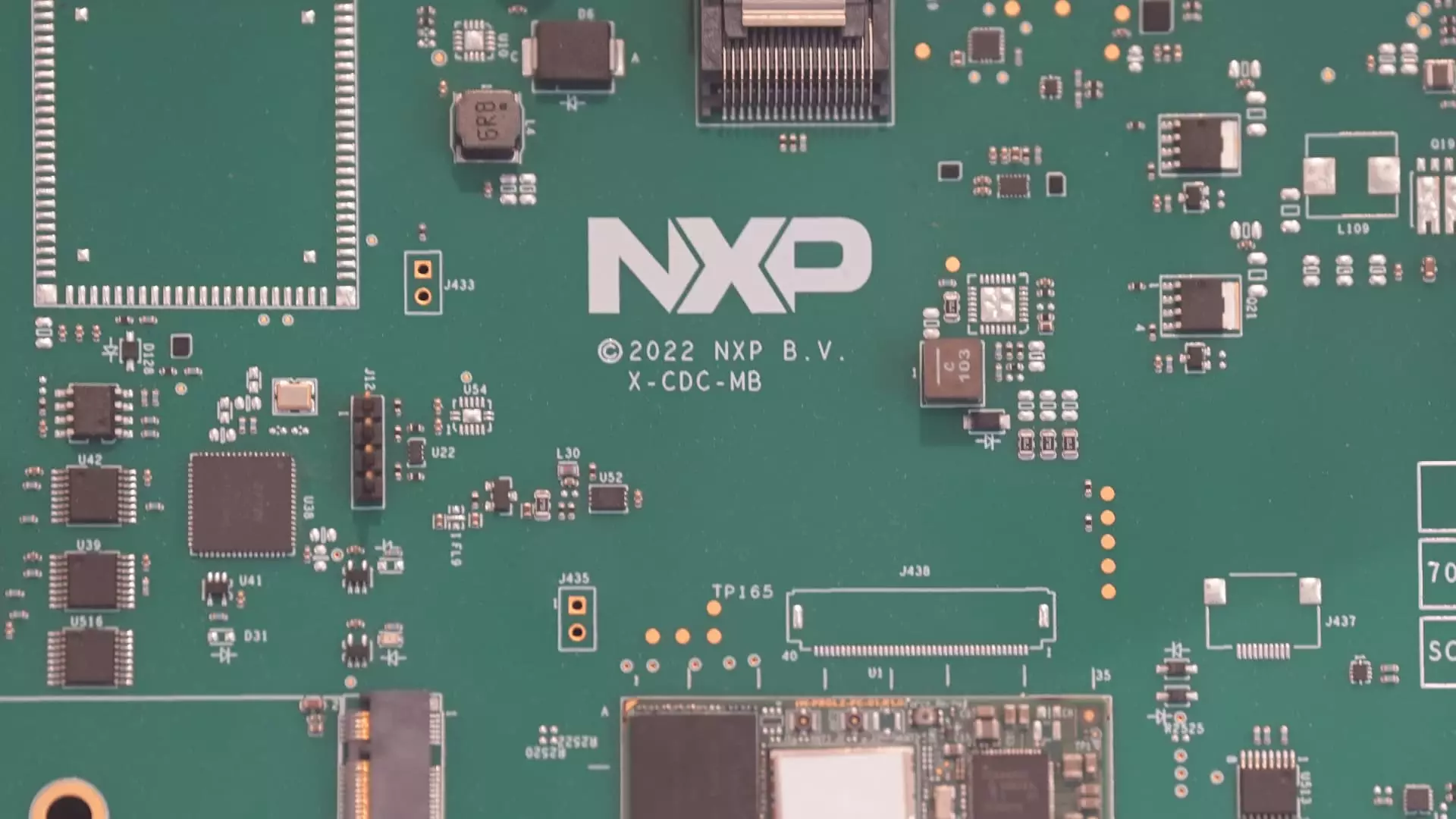Recent actions by the Federal Reserve, particularly the quarter-point interest rate cut under the leadership of Jerome Powell, have sparked mixed reactions across financial markets. While the immediate aftermath saw stocks plunge due to the hawkish undertones of the Fed’s narrative, the resilience of equity markets came to the forefront just days later. A significant recovery was observed, with the Dow Jones Industrial Average rebounding nearly 500 points, reflecting a robust market character often associated with investor optimism. Such fluctuations underscore the complex interaction between monetary policy and market sentiment, revealing how traders often react not just to the figures presented, but also to the accompanying commentary that suggests future actions.
This volatility is characteristic of periods where investors adjust their strategies based on perceived value and growth potential. As we edge towards year-end, the concept of the “Santa rally” resurfaces, traditionally marked by increased stock prices during the December holiday season. This year, attention seems particularly focused on the semiconductor sector—a field that remains a bellwether for overall technological advancement and growth.
The Semiconductor Sector’s Response
Nvidia has emerged as a focal point for investors keen to gauge the health of the technology market. The stock has begun to attract considerable buying interest, indicating potential bullish momentum that could ripple across the sector. NXP Semiconductors NV (NXPI), another key player in this space, appears to be on investors’ radar, buoyed by recent technical analyses suggesting that the stock might be nearing a recovery point.
Technical indicators are invaluable for traders seeking to capitalize on market movements. The Relative Strength Index (RSI) for NXPI recently indicated a turning point, suggesting an upward trend after a period of stagnation. Such signals often attract momentum traders, encouraging a more aggressive investment posture. Interestingly, movements in the Directional Movement Index (DMI) further substantiate this analysis. A reversal from a downtrend could signify potential for new bullish trends, piquing the interest of investors looking to leverage tech stocks’ inherent volatility.
For those contemplating investment strategies in this fluctuating landscape, understanding the technical signs is essential. NXPI’s recent price dynamics reveal a potential bottoming at $204, with shifting momentum indicated by the formation of green candlesticks, suggesting the stock is on the verge of a significant rebound.
Considering these indicators, deploying a bull call spread could be an advantageous strategy. This options trading technique allows investors to manage risk while still positioning for potential rewards from bullish movements. Specifically, the tactic involves buying a $210 call option while simultaneously selling a $215 call option with the same expiration date. This defined risk setup not only presents an enticing opportunity for profit but also offers protection against unforeseen market downturns.
For example, should NXPI’s price rise to or surpass $215 on the expiration date, the investor stands to realize a 100% return on the capital invested—an attractive proposition in a market that reflects rising levels of uncertainty.
The current environment showcases the need for meticulous planning and a clear understanding of market indicators. Investing in technology stocks during transformative periods can lead to rewarding outcomes, provided that participants craft their strategies with careful consideration of risk. The interplay between monitoring market news, understanding key economic indicators, and leveraging technical analysis creates a complex yet potentially lucrative trading scenario.
Moreover, as investors navigate this intricate landscape, maintaining a robust framework for investment decisions becomes vital. Those engaged in trading should remain vigilant for shifts in market sentiment while aligning their strategies to capture emerging opportunities—particularly in resilient sectors like semiconductors—where innovations continue to drive growth.
While the Federal Reserve’s actions can instigate volatility, they also create environments ripe for strategic investment. By focusing on sound technical indicators and employing effective risk management strategies, investors can navigate the complexities of the financial markets and potentially capitalize on the opportunities that arise during transformative times.


Leave a Reply